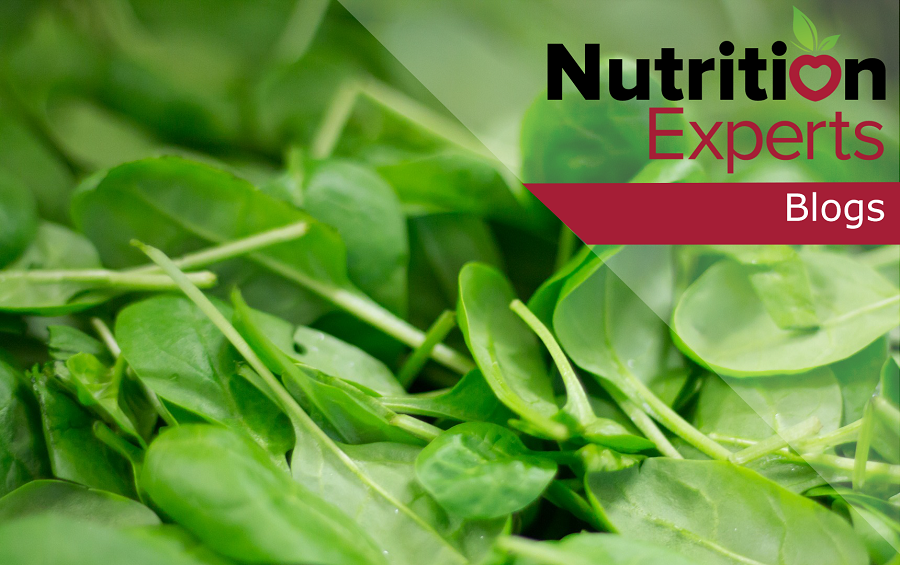
Image: ThiloBecker/Pixabay
By: Sophia A. Lopez, DTR, CSUN Dietetic Intern
Fifty-five percent of Americans that were buying leafy greens in 2015 were buying iceberg (head) lettuce.1 Iceberg lettuce is 96% water, which can help keep you hydrated2 but it does not have the plethora of nutrients found in dark leafy greens, like spinach. Although hydration is important, getting a variety of leafy greens will give our body more health benefits. Popeye, an all time favorite television character of the 1930s loved spinach and had influenced many others to love it as well during his time. In America, the consumption of spinach increased by 33% when Popeye was around,3 however today, spinach has been lost in the shadows of kale. Continue reading


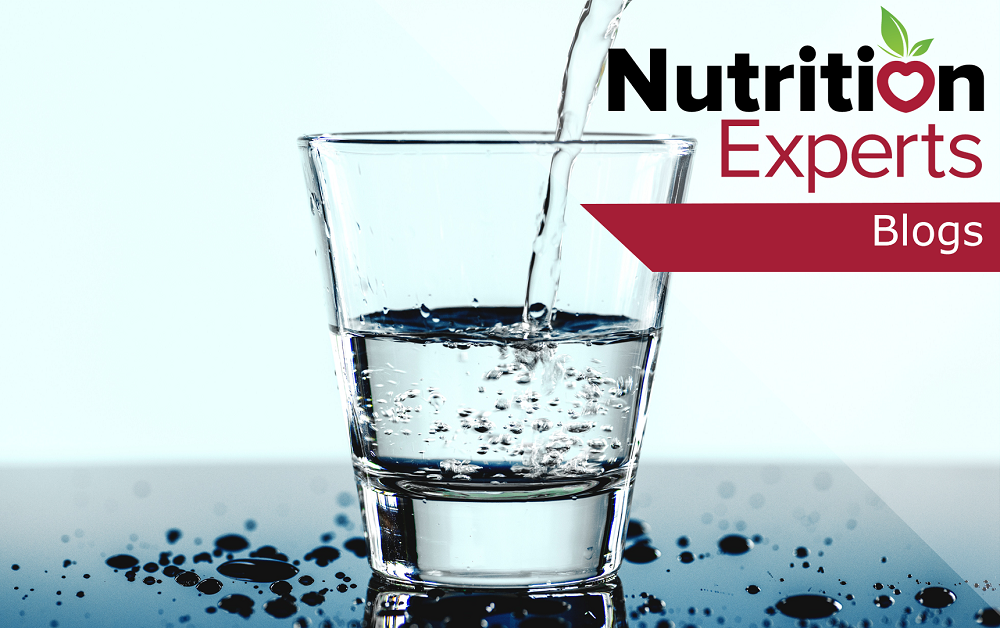

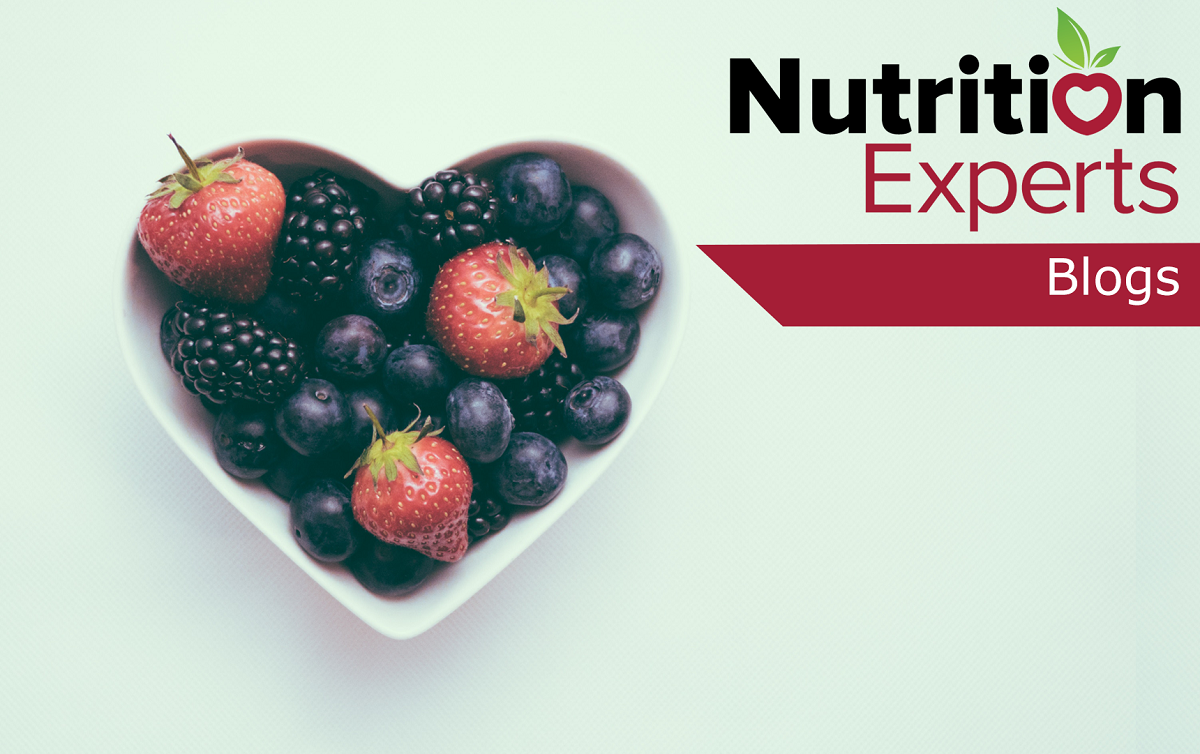
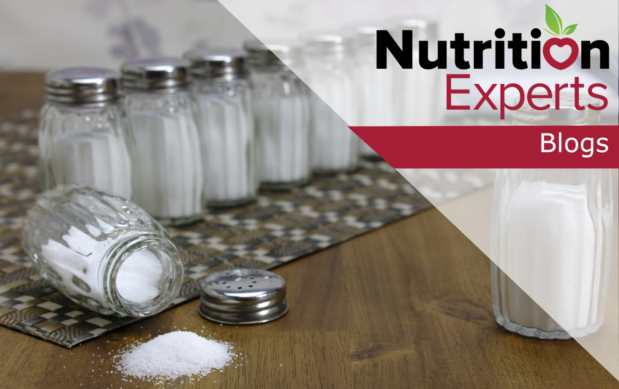
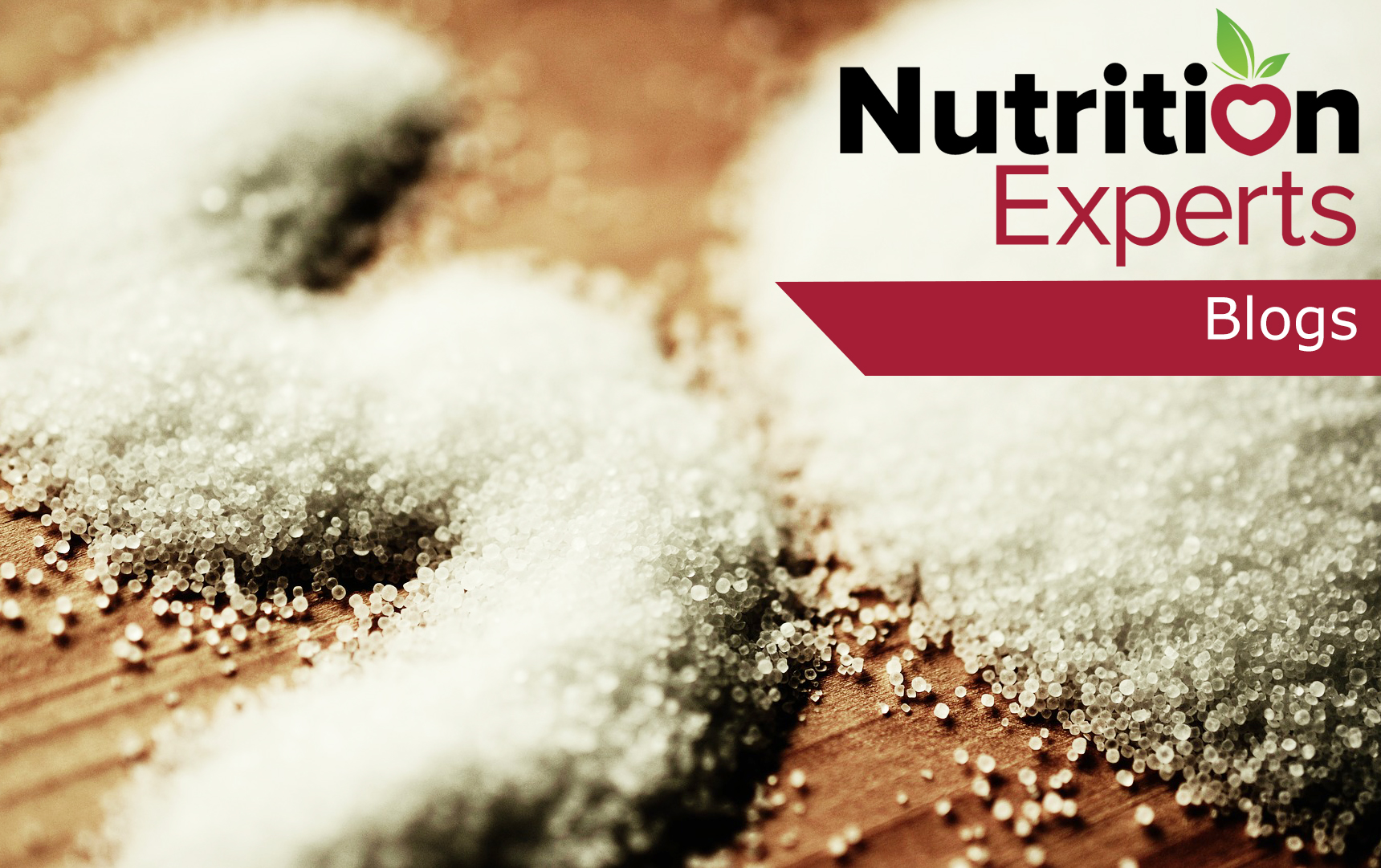
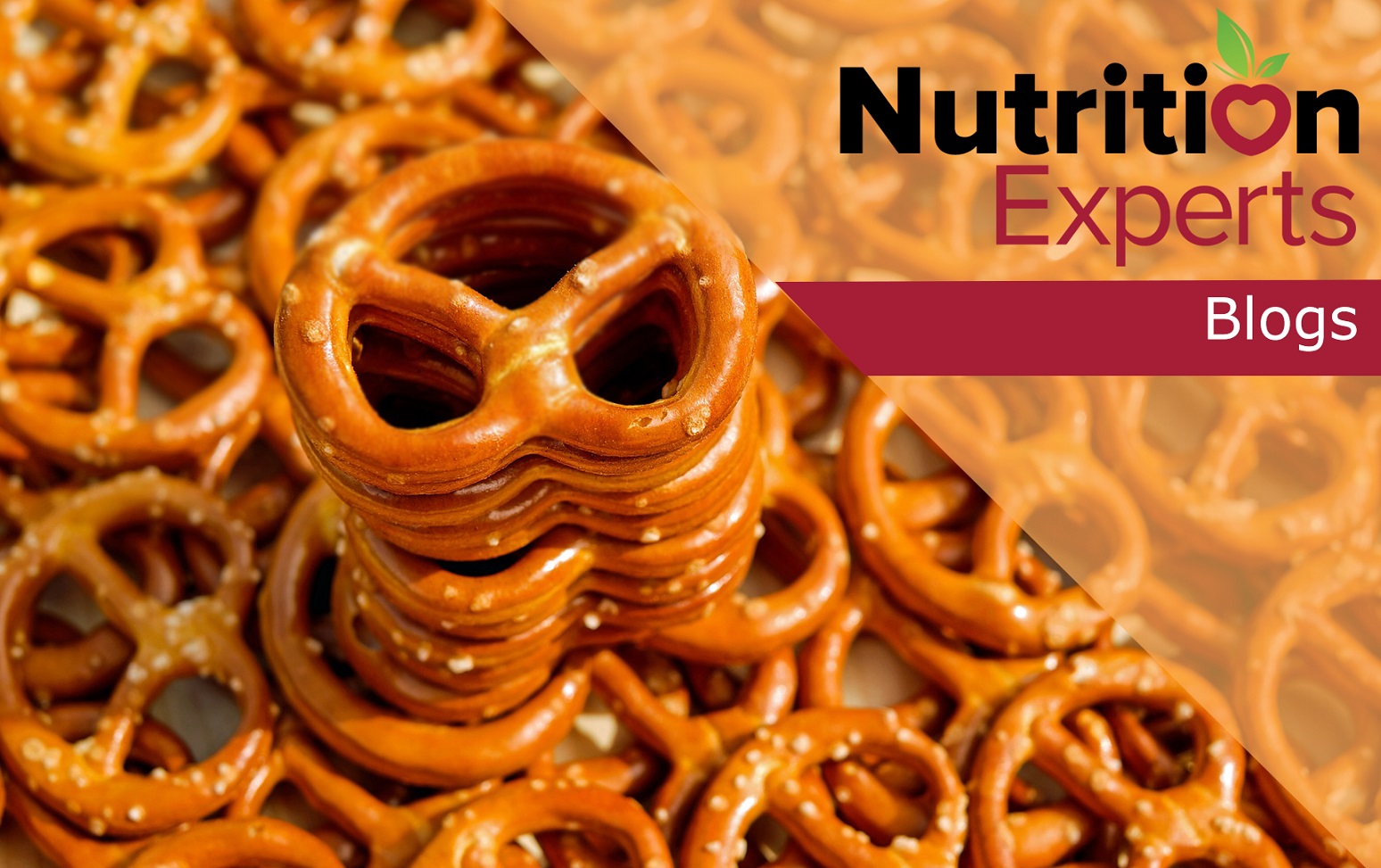

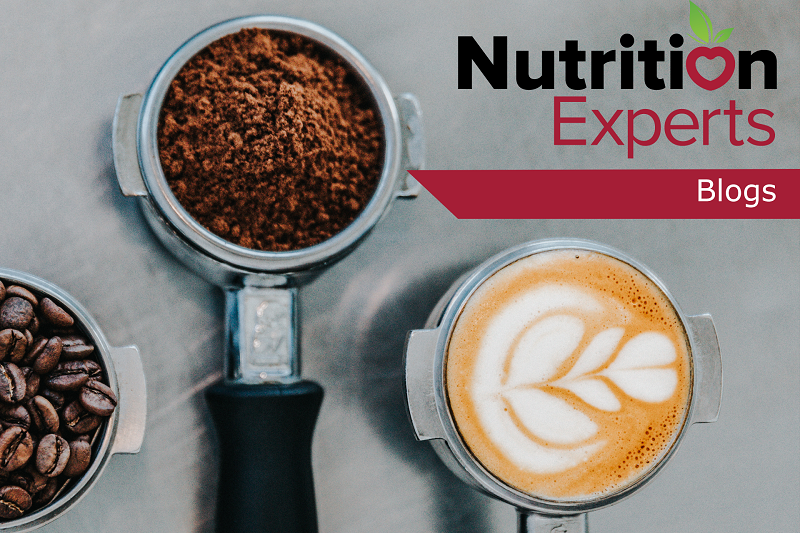 By
By